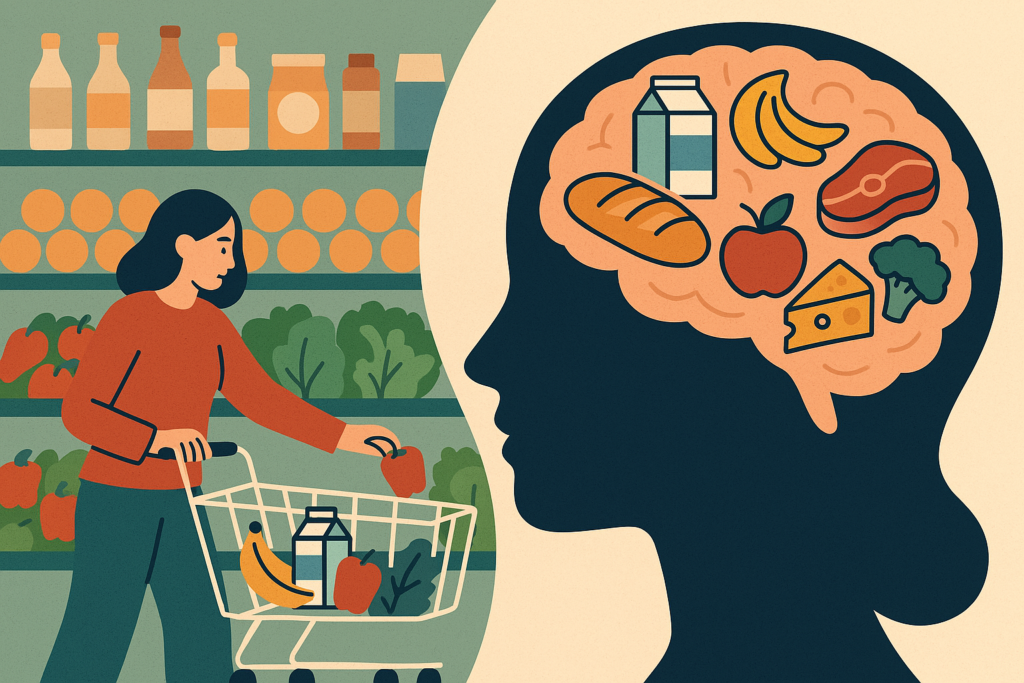In the evolving landscape of grocery retail, the technology that businesses adopt can be a game-changer.
While RFID (Radio-Frequency Identification) has been a buzzword in inventory management, its adoption in grocery retail has faced challenges. This blog explores why automated checkouts, particularly image-driven technologies, are proving to be a more favorable choice for grocery retailers, focusing on cost-effectiveness and maintenance.
The Cost Factor
One of the primary reasons grocery retailers prefer automated checkout systems over RFID is economics. Grocery margins are notoriously slim. Implementing a system that requires an extensive overhaul, like RFID, can be costly. Although the price of each RFID tag is decreasing, it still adds a significant cost when considering the volume of products in a grocery store. In contrast, automated checkouts driven by advanced AI and computer vision utilize existing product imagery and databases, making them a more cost-effective solution.
Ease of Implementation and Maintenance
Another critical factor is the ease of implementation and maintenance. RFID systems require specialized tags, readers, and integration into existing POS systems. This not only involves a higher initial investment but also brings added maintenance complexities. On the other hand, automated checkout systems seamlessly integrate with existing POS setups. They are designed to be intuitive, reducing the need for extensive employee training and ongoing maintenance.
Enhancing Customer Experience
From a customer’s perspective, the checkout experience is a crucial touchpoint. Automated checkouts, powered by AI, offer a swift and hassle-free experience. Unlike RFID, which can sometimes struggle with detection accuracy, image-based checkout systems provide a more reliable and faster checkout process, enhancing customer satisfaction and loyalty.
Inventory Management
RFID has strong advantages in inventory management, providing precise tracking, reducing out-of-stock situations, and improving overall inventory accuracy. It allows for quick scanning of items, which can streamline the inventory process and offer detailed insights into stock levels. However, automated checkouts can also achieve efficient inventory management if all the proper systems are integrated together. These systems can track inventory through purchases, offering real-time insights into stock levels. When combined with other integrated systems, they can provide valuable data for managing supply chains and predicting consumer trends, without the additional burden of RFID tagging.
The Sustainability Angle
Though small, RFID tags contribute to electronic waste. Automated checkouts minimize this impact by leveraging existing infrastructure and digital systems, aligning with the growing trend toward sustainable business practices.
Conclusion
In the competitive world of grocery retail, staying profitable means making smart technology choices. Automated checkout systems are emerging as a preferable alternative to RFID, offering a blend of cost-efficiency, ease of maintenance, enhanced customer experience, and insightful inventory management. It’s a clear indication that when it comes to retail technology, sometimes, it’s all in the margin.




